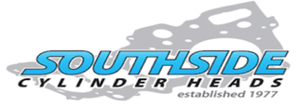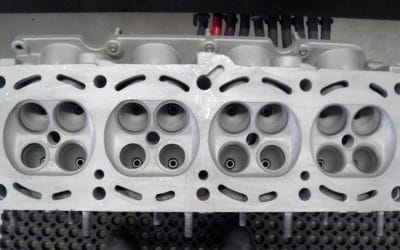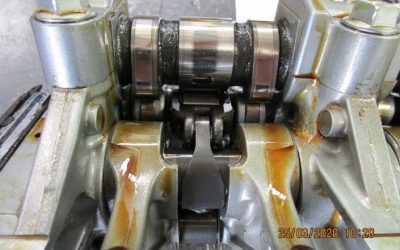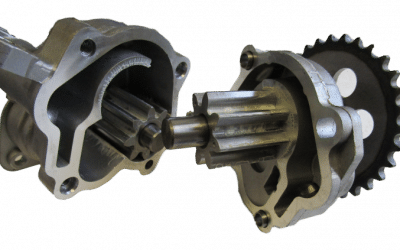From Caution to Critical: How to Respond to Your Vehicle's Visual Alerts
Your Car’s Warning Lights
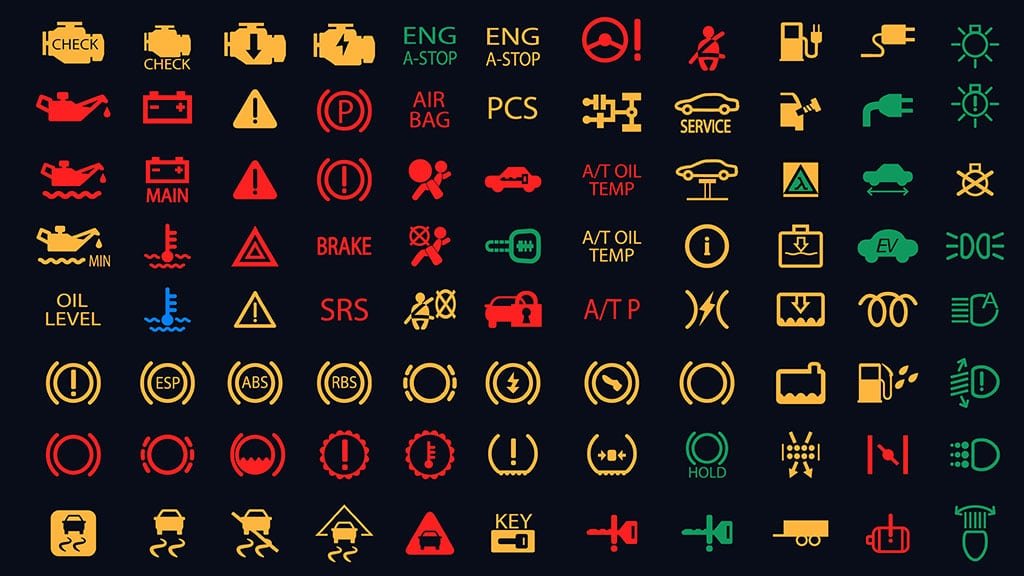
Numerous drivers lack knowledge about the meaning of specific warning lights in their vehicles. However, these lights play a crucial role in alerting drivers to potential hazards. It is essential for everyone to have a basic understanding of the most important warning indicators, as neglecting them could lead to severe damage to the engine.
Regrettably, a significant number of today’s average drivers tend to disregard these vital warnings. They either downplay their significance or procrastinate in responding to them due to being preoccupied or unaware of the consequences of ignoring them. At Southside Cylinder Heads we witness firsthand in our machine shop the engine damage that can occur when a customer neglects an important warning. Operating a vehicle without addressing a critical dashboard warning light for an extended period of time often results in unexpected inconveniences and increased costs. In this regard, we aim to emphasise the most significant warning lights and elaborate on their significant impact on the engine’s health.
Oil Pressure Warning Light
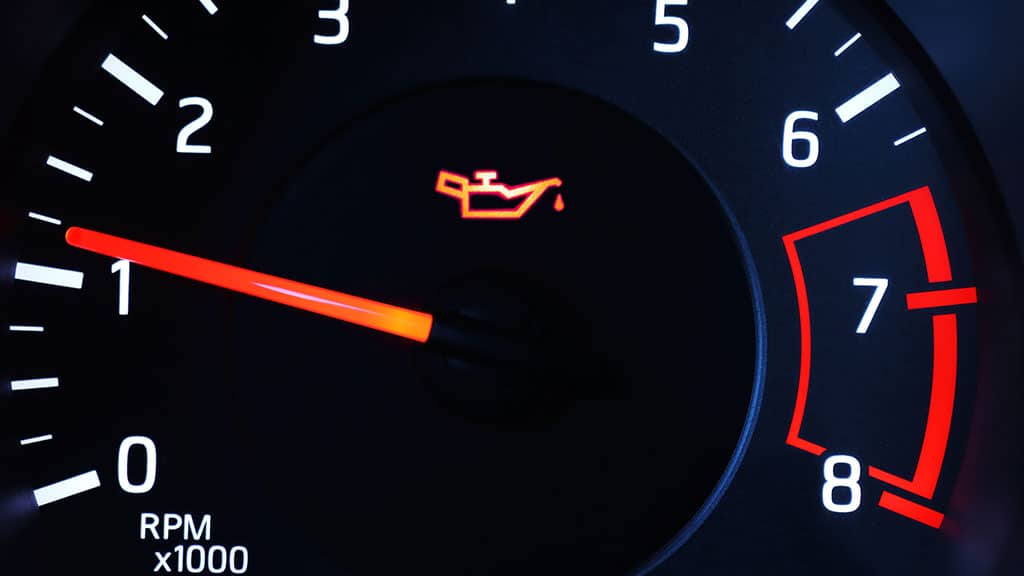
The oil pressure warning light on your car’s dashboard can be represented by an image of an oil can with a dripping spout or simply the word “OIL.” Unfortunately, many drivers mistakenly view this light as a mere suggestion to consider getting an oil change in the near future however this assumption is incorrect and although oil may not seem like a major concern to the average person, a glowing oil light actually indicates a critical engine malfunction that must be treated as an engine emergency.
Why is this matter so serious? Well, the oil light is directly connected to the engine’s oil pressure parameter. When oil levels drop below a safe threshold, the oil light illuminates. If you continue driving your vehicle with insufficient oil volume or pressure, it can lead to progressive engine damage from the inside out. Neglecting this important warning light opens the door to the possibility of a complete engine failure and in the most serious circumstances can occur within 1 minute of the warning light coming on.
Overheating light
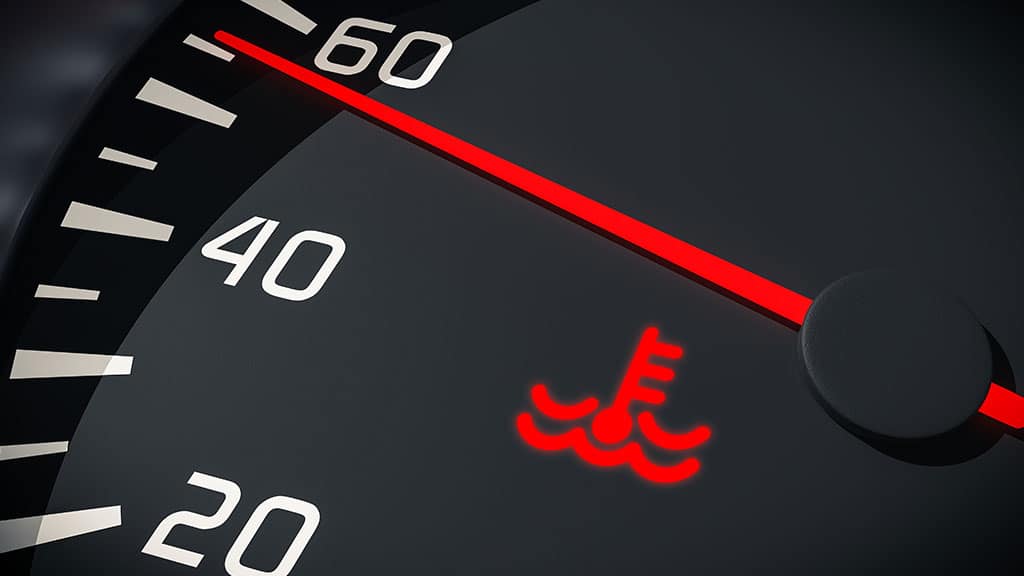
If the engine warning light indicates that your engine is overheating, it is crucial to cease driving immediately and seek assistance from a mechanic. Possible causes of the overheating could be a radiator or radiator hose leak, a malfunctioning water pump or cooling fan, or insufficient coolant levels. Driving your vehicle with the overheating light illuminated can cause major engine damage within minutes. If you observe coolant leaking from your engine or the overheat light comes on it is advisable to have your vehicle towed to a mechanic who can provide the necessary help.
Battery Light
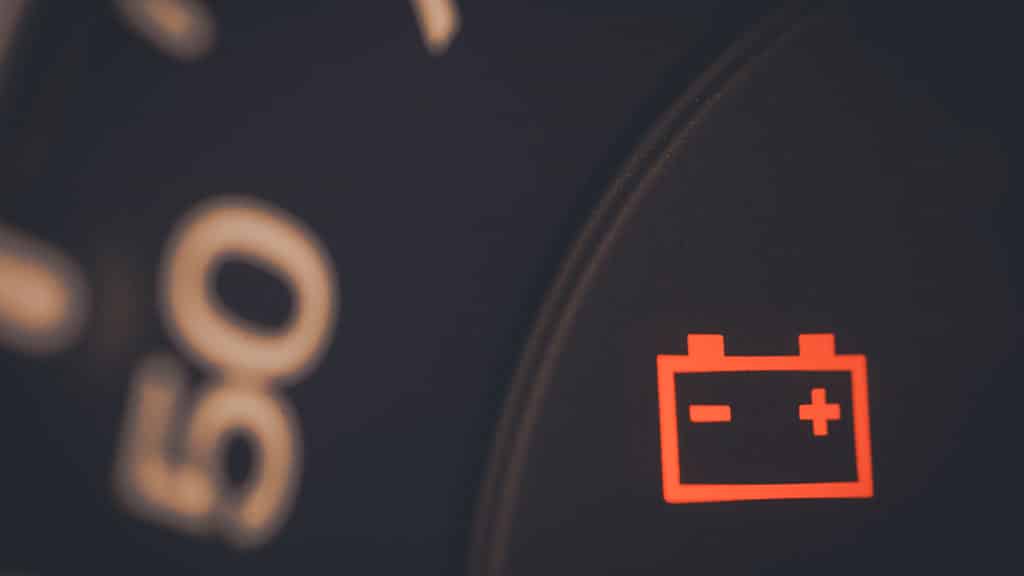
When the red light illuminates, it indicates that your battery is no longer receiving a charge. This means that the alternator, responsible for charging the battery, is failing to perform its function. This is a serious issue that requires immediate attention. One possible cause could be a faulty drive belt, which is responsible for turning the alternator. If the drive belt is the culprit, it not only affects the charging system but can also puts your engine at risk of overheating, air conditioning malfunction and failure of the power. Whilst a failing battery or alternator is unlikely to end in major engine damage, there is a very real possibility of getting stranded when the engine won’t start.
Check Engine
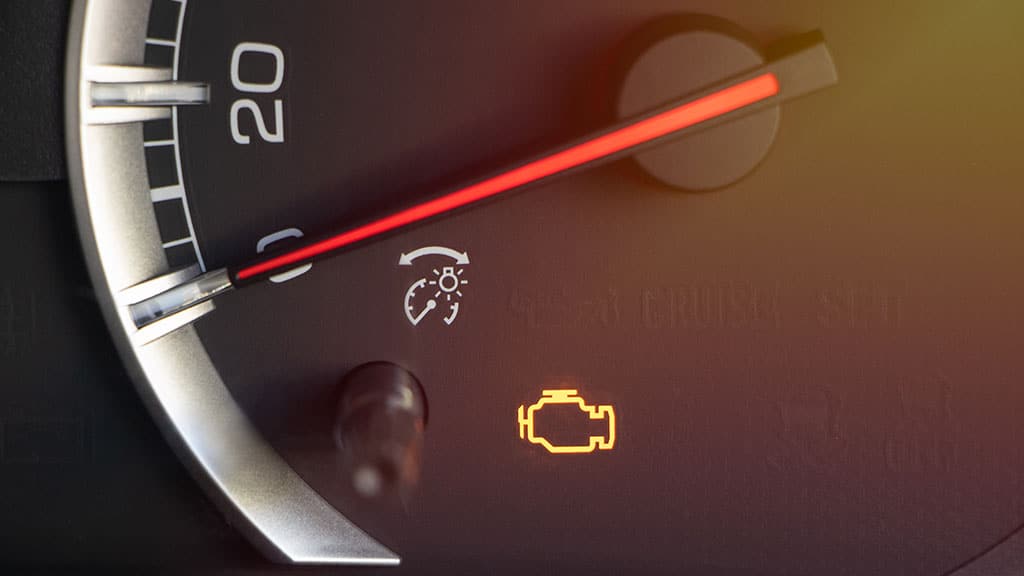
The “Check Engine” light in your car is an indicator that there is a potential issue with your vehicle’s engine or related systems. When this light illuminates, it means that the onboard diagnostic system in your car has detected a fault or error code. It could be related to various components such as the engine, emissions system, fuel system, ignition system, or sensors.
Although it can be considered less serious than the other warning lights we have spoken about, It’s important not to ignore the “Check Engine” light, as even seemingly minor issues can escalate and cause more significant problems if left unaddressed. While the light itself doesn’t provide specific details about the problem, it serves as a warning to have your vehicle inspected and diagnosed by a qualified mechanic or technician.
To determine the exact cause of the issue, a mechanic can connect a diagnostic scanner to your car’s onboard computer system to retrieve the error codes. These codes will provide information about the specific problem areas. Once the problem is identified, appropriate repairs or adjustments can be made to resolve the issue and turn off the “Check Engine” light.
What to do if you see a warning light on your car?
Now that you have gained some understanding of engine warning lights and their implications for your vehicle, it is important to recognise that red engine lights serve as vital alerts to drivers, signalling potential dangers. Taking immediate action when a warning light appears can prevent serious damage to your engine.
At Southside Cylinder Heads, we specialise in reconditioning and strengthening automotive engines. If you have an issue that you’d like advice on, give us a call, we’re here to help!
